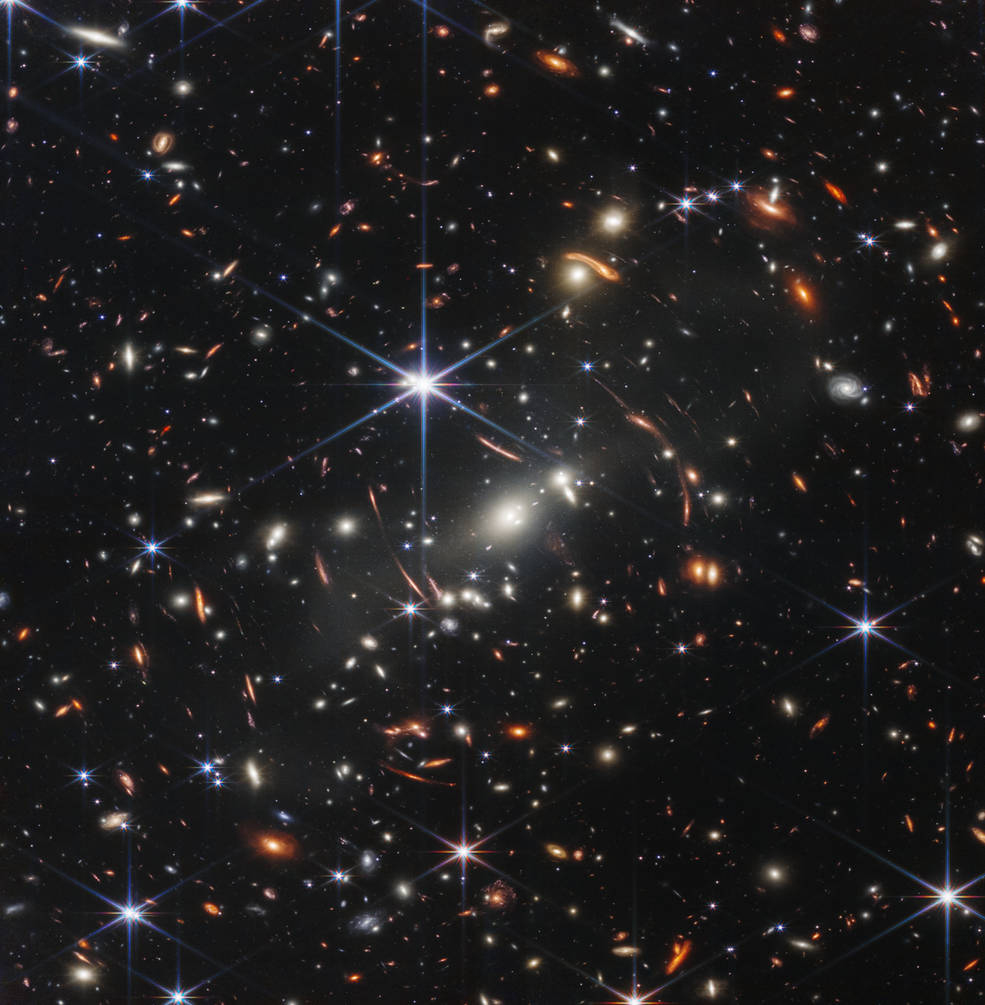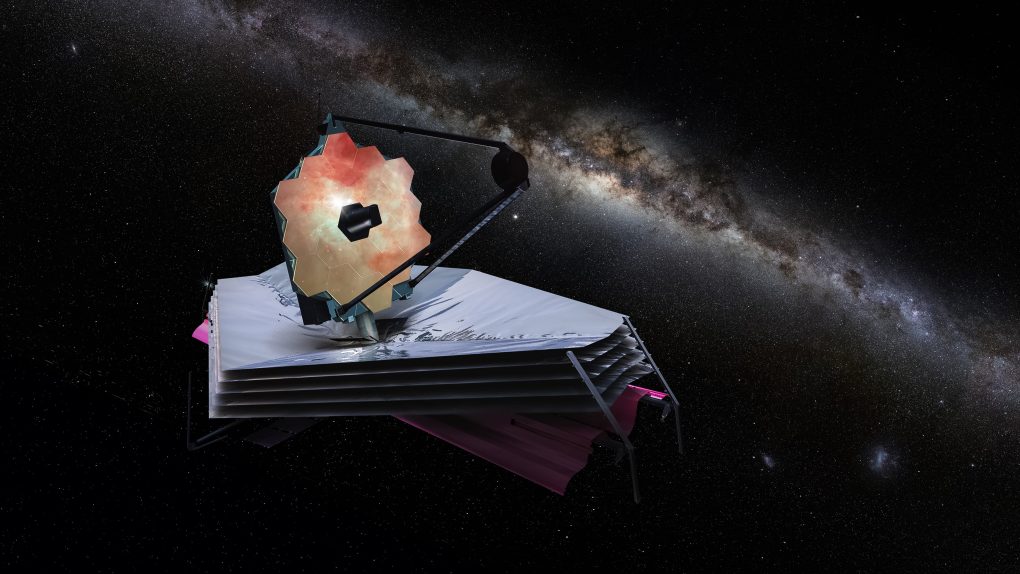Astronomers have discovered what could very well be the Milky Way’s long-lost twin. The newly discovered galaxy is located 9 billion light-years from Earth and has been named the “Sparkler” after the swarms of stars that shine around it.
The reason that many are heralding this newly discovered “Sparkler” as the Milky way’s long-lost twin is because of how similar the galaxy looks to what scientists believe the very early days of our galaxy would have looked like before it ate away at globular clusters around it and grew to become the hulking spiral galaxy that we live in today.
Part of what makes the Sparkler so intriguing – and a big part of why scientists are looking at it as a mirror image of the very early Milky Way – is because of how it is eating away at the globular clusters that are swarming around it. Astronomers discovered the galaxy during Webb’s First Deep Field, which was released as part of Webb’s first images in July of 2022.

Discovering the Milky Way’s long-lost twin isn’t the only goal of that particular mission, as scientists hope to take the deepest and most detailed view of the universe ever captured – something that Webb has proven itself immensely capable of over the past several months of observations, including new looks at the Pillars of Creation.
An analysis of the newly discovered long-lost twin of the Milky Way was featured in the Monthly Notices of the Royal Astronomical Society back in December. Astronomers say that the galaxy is growing rapidly by cannibalizing its neighbors, which they also believe the Milky Way did in its very early days.
Eating is, in fact, one of the biggest traits that many cosmic bodies share. Black holes eat away at matter that comes to close, galaxies merge and their stars eat away at matter surrounding them to grow larger or more volatile. Even some planets like Jupiter are believed to have eaten other planets to grow to their size today.








